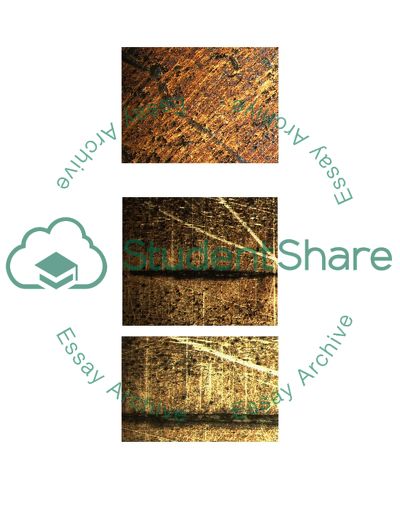Cite this document
(Materials and Process: Welding Coursework Example | Topics and Well Written Essays - 1750 words, n.d.)
Materials and Process: Welding Coursework Example | Topics and Well Written Essays - 1750 words. https://studentshare.org/engineering-and-construction/1820119-materials-and-process
Materials and Process: Welding Coursework Example | Topics and Well Written Essays - 1750 words. https://studentshare.org/engineering-and-construction/1820119-materials-and-process
(Materials and Process: Welding Coursework Example | Topics and Well Written Essays - 1750 Words)
Materials and Process: Welding Coursework Example | Topics and Well Written Essays - 1750 Words. https://studentshare.org/engineering-and-construction/1820119-materials-and-process.
Materials and Process: Welding Coursework Example | Topics and Well Written Essays - 1750 Words. https://studentshare.org/engineering-and-construction/1820119-materials-and-process.
“Materials and Process: Welding Coursework Example | Topics and Well Written Essays - 1750 Words”. https://studentshare.org/engineering-and-construction/1820119-materials-and-process.


